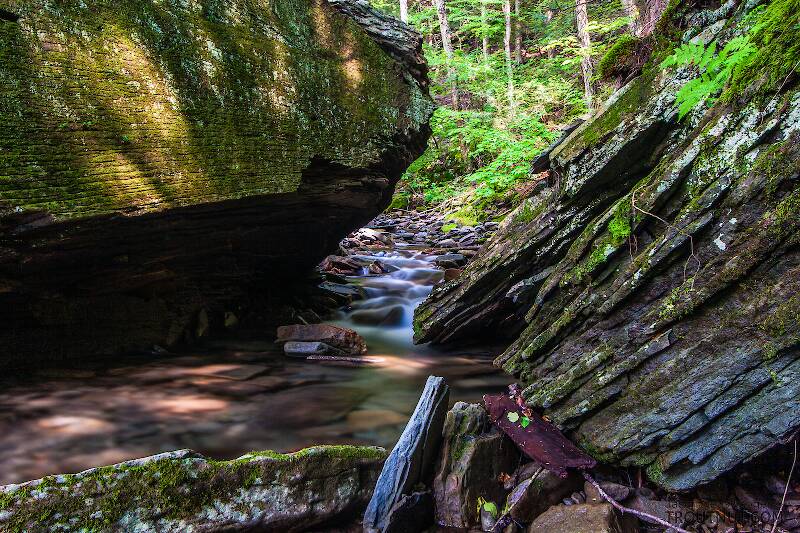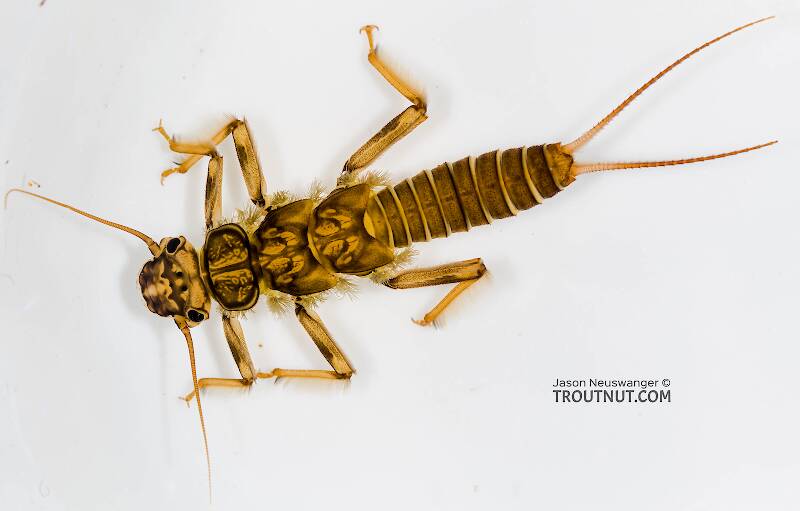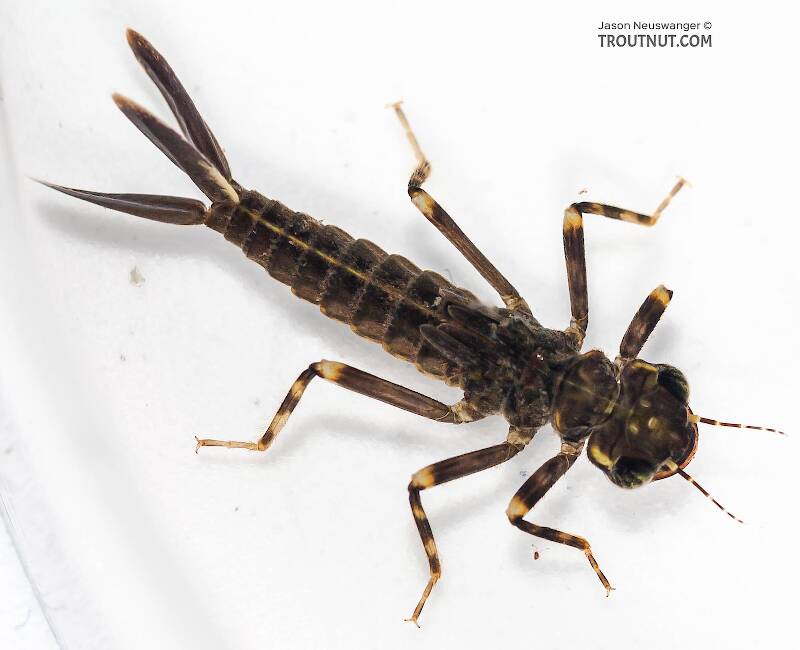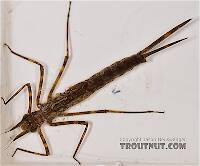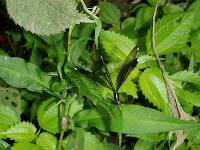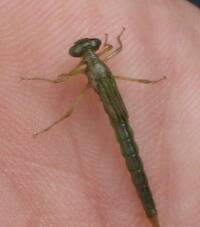
Salmonflies
Pteronarcys californica
The giant Salmonflies of the Western mountains are legendary for their proclivity to elicit consistent dry-fly action and ferocious strikes.
Featured on the forum

Troutnut is a project started in 2003 by salmonid ecologist Jason "Troutnut" Neuswanger to help anglers and
fly tyers unabashedly embrace the entomological side of the sport. Learn more about Troutnut or
support the project for an enhanced experience here.
Mwmeci
Posts: 1
Posts: 1
Mwmeci on Jul 3, 2008July 3rd, 2008, 2:32 pm EDT
The trout in Wisconsin on July 3, 2008 were eating the fly's as they emerged. Gosh they make a ruckus as they took to the air. They only emerged under a very low bridge, not upstream or downstream from the bridge. I've never witnessed this before.
Quick Reply
Related Discussions
Topic
Replies
Last Reply
5
Jun 18, 2007
by GONZO
by GONZO
1
Jul 1, 2008
by GONZO
by GONZO

